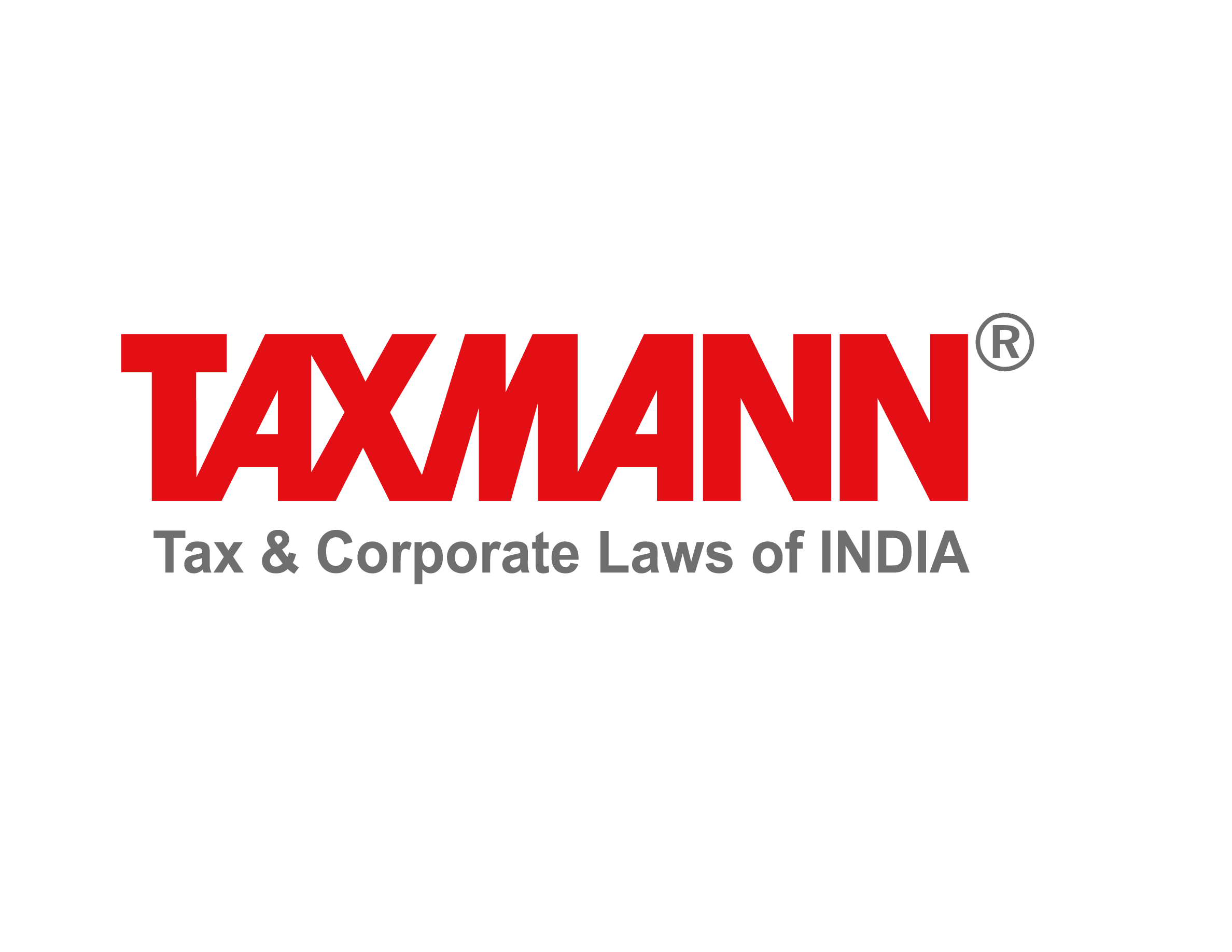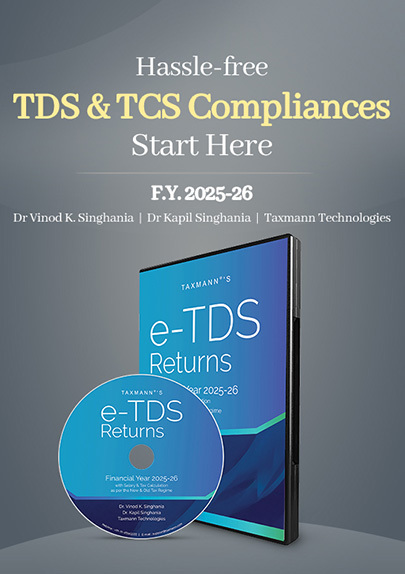Expense Incurred to Construct Bridge on a Culvert in Front of Shop to Provide Access to Customers Is Capital in Nature | ITAT
- News|Blog|Income Tax|
- 2 Min Read
- By Taxmann
- |
- Last Updated on 19 February, 2024

Case Details: Joginder Singh vs. ACIT - [2024] 159 taxmann.com 425 (Amritsar - Trib.)
Judiciary and Counsel Details
- Anikesh Banerjee, Judicial Member & Dr M.L. Meena, Accountant Member
- Rohit Kapoor and V.S. Aggarwal for the Appellant
- Bharat Bhushan Garg for the Respondent
Facts of the Case
For the relevant assessment year, the assessee constructed a concrete bridge on the culvert in front of the shop so that the customers could have direct access to the shop in order to increase business turnover. During the year under consideration, the assessee sold such shop and showed capital gains in the return of income and the construction cost was claimed as a cost of improvement.
During the assessment proceedings, the Assessing Officer (AO) disallowed said claim on the ground that the assessee had been conducting business since the assessment year 2005-06 and the construction of the shop was completed in said year.
On appeal, the CIT (A) confirmed the additions made by AO. Aggrieved by the order, the assessee filed an appeal to the Amritsar Tribunal.
ITAT Held
The Tribunal held that it was evident that the disputed cost was used for the construction of a bridge in front of the shop for improvement of the shop. The CIT(A) failed to appreciate the vital fact that the amount spent for the construction of the bridge was a capital expenditure and was essential to provide access to the shop from the road and to provide improved accessibility to the shop to facilitate greater footfall and capital value addition in turn.
Further, the source of construction was duly explained and confirmed before the authorities. The material facts of the cost of construction of the bridge are further supported by the assessee with the site plan and the photograph of the shop. However, AO had not brought on record any evidence or findings to prove that the cost of improvement or construction was never incurred. Such cost was disallowed by the AO by merely relying upon the fact and presumption that the assessee had been running the business in the shop. The documentary evidence on record was sufficient to prove that necessary construction was made.
Also, there is no bar to incur the capital expenditure while the business is running. The capital expenditure would not become revenue expenditure merely for the reason that it was incurred in connection with the cost of improvement for the promotion of business activities, which ultimately resulted in efficiently carrying on day-to-day business.
Accordingly, it is held that the cost of improvement to the shop by the construction of the culvert was capital expenditure and would be allowable as cost of improvement as claimed by the assessee.
List of Cases Reviewed
- CIT v. Karnataka Power Corpn. Ltd. [1993] 205 ITR 511 (Kar.) (para 10);
- Asstt. CIT v. Suryaraj Singh [2020] 117 taxmann.com 424 (Jaipur – Trib.) (para 11) and
- India Arvind Mills Ltd. v. CIT [1992] 197 ITR 422 (SC) (para 12) followed.
Disclaimer: The content/information published on the website is only for general information of the user and shall not be construed as legal advice. While the Taxmann has exercised reasonable efforts to ensure the veracity of information/content published, Taxmann shall be under no liability in any manner whatsoever for incorrect information, if any.

Taxmann Publications has a dedicated in-house Research & Editorial Team. This team consists of a team of Chartered Accountants, Company Secretaries, and Lawyers. This team works under the guidance and supervision of editor-in-chief Mr Rakesh Bhargava.
The Research and Editorial Team is responsible for developing reliable and accurate content for the readers. The team follows the six-sigma approach to achieve the benchmark of zero error in its publications and research platforms. The team ensures that the following publication guidelines are thoroughly followed while developing the content:
- The statutory material is obtained only from the authorized and reliable sources
- All the latest developments in the judicial and legislative fields are covered
- Prepare the analytical write-ups on current, controversial, and important issues to help the readers to understand the concept and its implications
- Every content published by Taxmann is complete, accurate and lucid
- All evidence-based statements are supported with proper reference to Section, Circular No., Notification No. or citations
- The golden rules of grammar, style and consistency are thoroughly followed
- Font and size that’s easy to read and remain consistent across all imprint and digital publications are applied



 CA | CS | CMA
CA | CS | CMA
